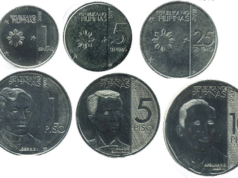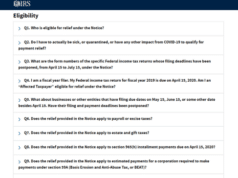What Is Payment Routing?
The process through which money leaves a bank account and enters another is a quite complicated process to understand in the realm of the bank. The bank transactions occur by a process that is named payment routing. It works via the payment network that is used both by the cardholder and the bank that is acquiring.
The payment network is a part of every banking transaction. It works between the cardholder’s bank of the issue and the acquiring bank to create and activate a transaction.
The network of payment routes the transaction complying with the rules and regulations of the banks. The efficiency of a payment network to link the acquiring and issuing bank makes all the difference between a successful purchase and a failed transaction.
Rules Of Payment Routing
Payment routing has the same rules that protect banks and entrepreneurs from payment issues such as fraud. Such issues make international transactions slower and highly risky. Payment routing is quite possibly the solution to all the failed transactions, disappointed customers, and annoyed merchants. The traditional method of payment routing is to connect the bank to request and accept the payment requests on the behalf of customers and sellers.
The payment routing works on the principle of efficiency. The transactions are sent to the acquiring bank where their settle quickly and successfully without any delay. Also in traditional payment routing, the payment providers are connected to just a single acquiring bank responsible for a specific Geographic region. In some cases, entrepreneurs are also required to find their accounts for a transaction. When working with just a single acquiring bank in a region transaction are slowed down and hence, delayed. But now, payment routing provides efficient routes for all the available banks by their set of rules.
When Is It Used?
There are many situations in which you may have to use payment routing. When you are making a payment online or buy a phone is when you are making automatic payment of bills, you will need to provide your routing and account number for payment routes. It is also required when your processing cheques for transferring money internationally. Your routing number is required so that the acquiring banks will precisely know where the amount needs to be transacted.
The issuing bank will inform you of which routing number is used for the specific tasks that you are hoping to get through. The routing numbers present on cheques may be different from the routing numbers that are required for wire transfer hence it is a good idea to look at them to avoid their delay in the payment process.
You can easily find your routing number at the bottom of the cheque; it is the set of numbers on the left side of your account number. Furthermore, if you have an online banking system it gets easier to find your routing number from the account page. If you are confused in any sort of way, you can consult your banks as well and they will guide you with the whole process.









